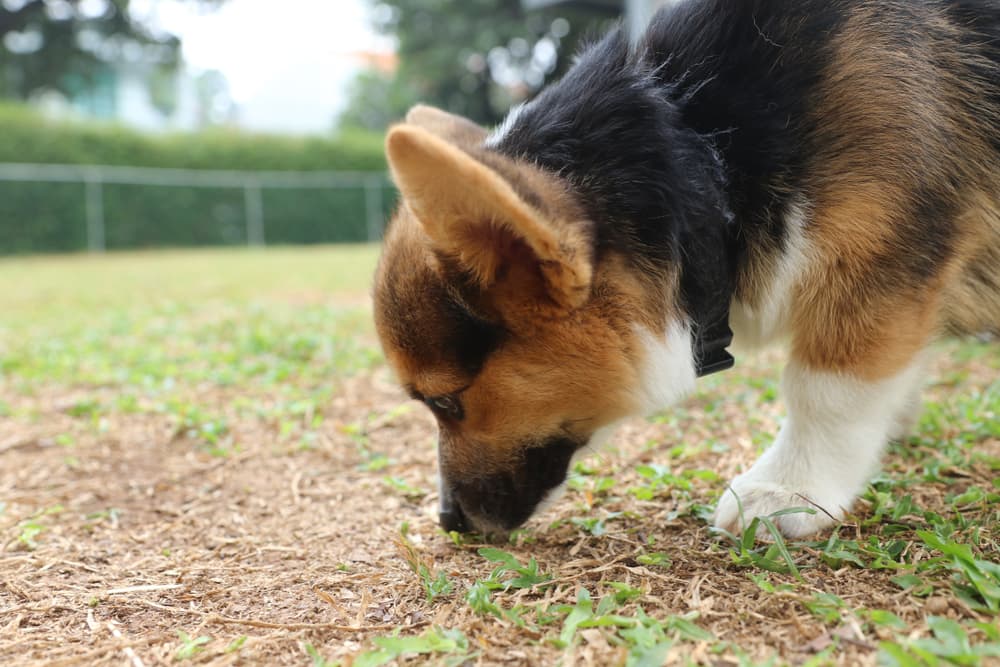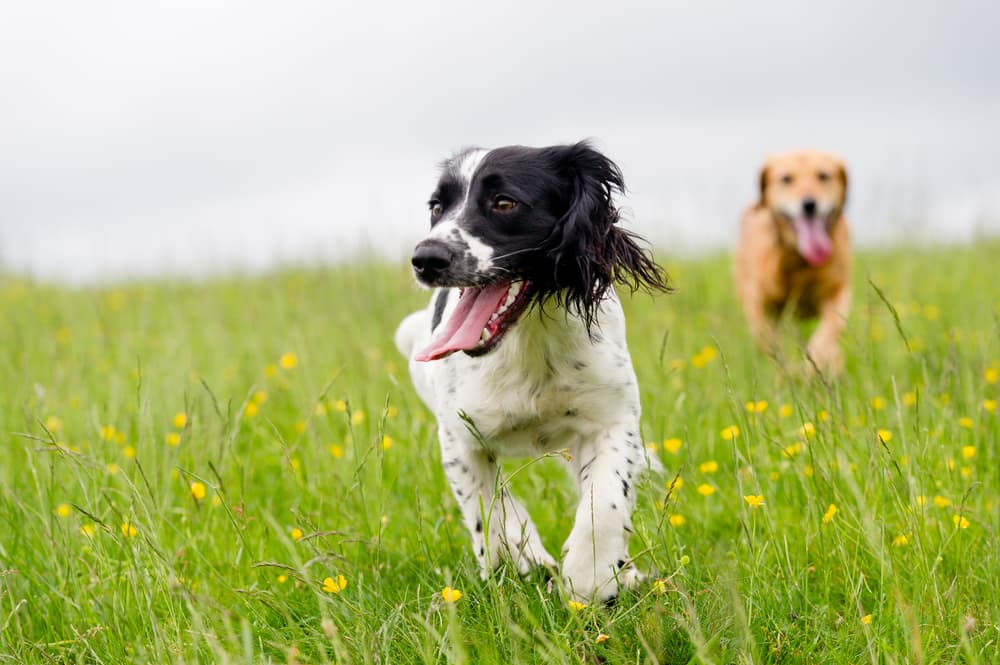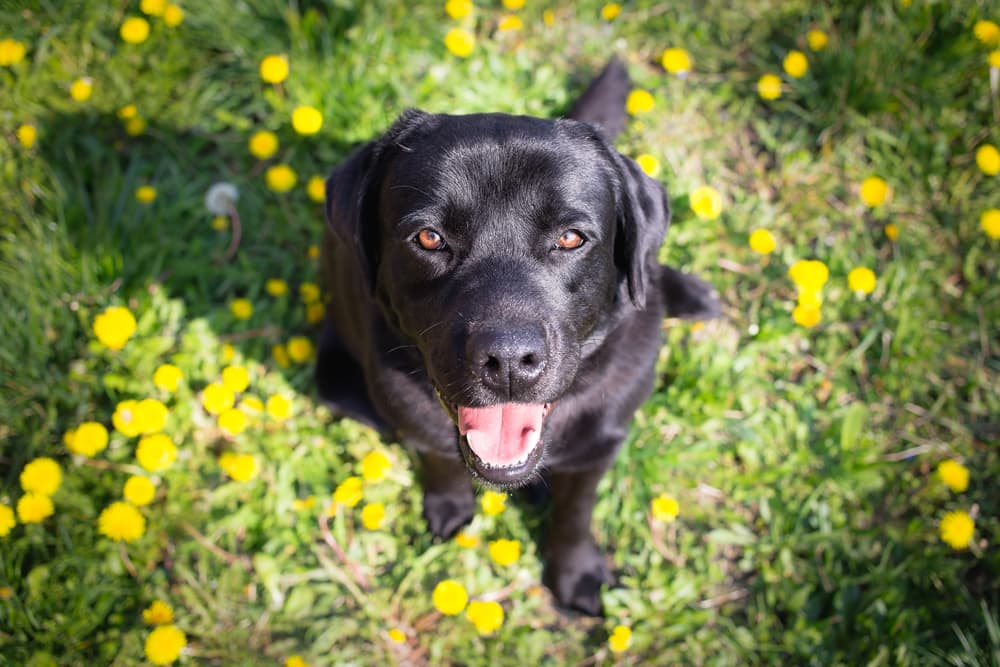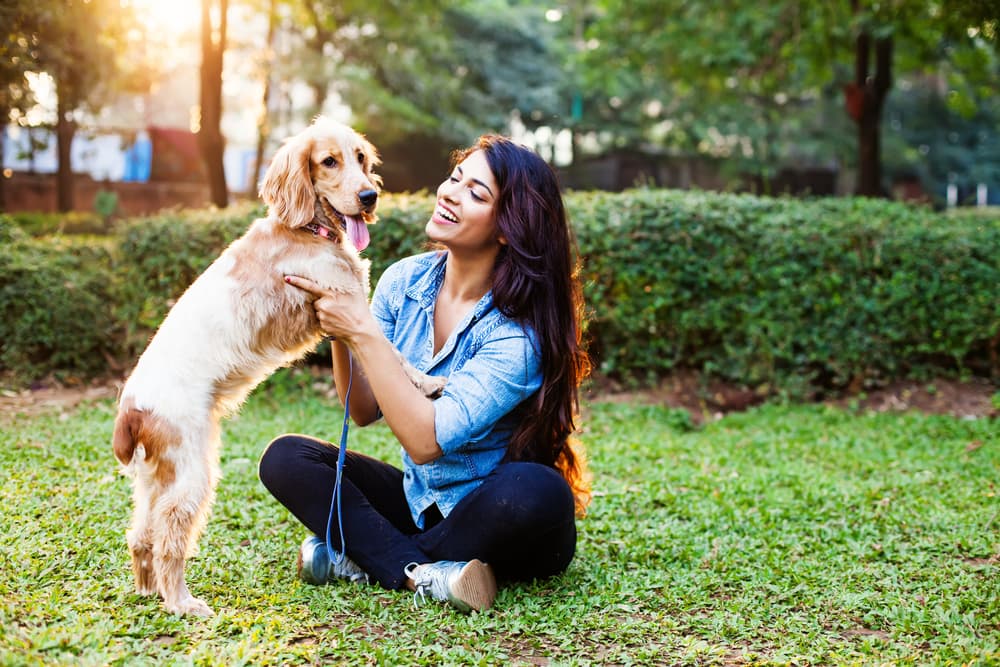Sponsored by Elanco
How to Travel With Dogs – 8 Surprising Dangers
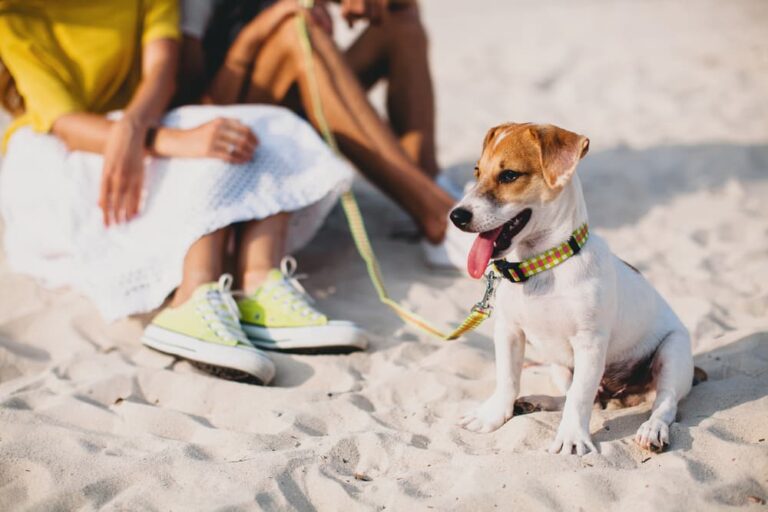
You love your pet like a family member. So of course you want to bring your dog with you when you go away on holiday or to visit friends.
But before you pack your furry friend into the car or start heading towards the airport, weigh up the pros and cons of bringing him with you vs. leaving him at home.
Think: What would make your dog happier? Going with you into unfamiliar territory or staying snuggled up on your living-room sofa? Would the stress of travelling be too much?
Every dog shows anxiety in his own way. Common signs your dog is stressed include:
- Excessive salivation
- Panting
- Holding his ears back
- Frequent lip-licking or yawning
Whether you’re going camping for the weekend with your canine companion or embarking on a big road trip abroad, there are some important things you should be aware of before starting on your adventures.
Here are some surprising dog travel dangers that you should know about.
How to Travel With Dogs in a Car

Airbags
When you set out on a road trip, your dog probably wants to sit up front where you are. But riding in the passenger seat comes with consequences. Passenger seats are especially dangerous if your dog is not buckled in.
Even if your dog wears a pet seatbelt or a special safety harness for dogs, the airbags pose a threat to his well-being. Airbags weren’t designed to protect canine anatomy and their impact could cause serious injuries or even death.
What to do: Keep your dog in the back seat during car rides and always use a safety restraint or a hard-shelled travel crate to protect him during the journey.
Free Roaming
Driving without a crate or a restraint is similar to walking without a lead. You may think you know how your dog will react in certain situations, but you never truly know until something goes wrong. If you get in an accident, your dog can hurt himself, you, or your other passengers.
If your dog enjoys sticking his head out of the window, make sure he is adequately secured and can’t squeeze out.
What to do: Put your dog in an approved travel crate or use a harness specifically designed for pet travel.
Hot Cars
We’ve all heard the horror stories of dogs suffering from being left in hot cars, so this danger shouldn’t be shocking.
What is surprising, however, is the number of people who think it’s okay to just open a window, or who say “it’s not that hot out”.
An independent study estimates it only takes 20 minutes for the interior of a car to reach 37 degrees Celsius if it’s 21 degrees outside (1).
What to do: Avoid leaving your dog alone in the car. Do research before your trip to identify pet-friendly rest stops and restaurants along your driving route, so that you’ll never have to leave your dog unattended.
Travel With Dogs by Plane

Breathing Problems
Some dog breeds have a harder time than others when flying on planes, such as brachycephalic breeds, known colloquially as short-nosed or flat-faced breeds. It’s important you check with the airline if they have any restrictions regarding the breeds they will transport.
What to do: Check your airline’s breed-restriction policy before booking your flight.
Quarantine Rules
If you’re travelling out of the UK you’re going to need to have a pet passport from a vet. Dogs and owners that do not meticulously follow the passport process and vaccination rules for international travel may be denied entry into the destination country.
What to do: Unfortunately, there’s no way around this one. Vets can are a valuable resource in figuring out quarantine and other travel laws, but expect to pay for their time and expertise for them to issue your dog a pet passport.
When You Get There

The “Great” Outdoors
Taking your dog on a hiking or camping trip is a wonderful idea. Just make sure you’re aware of everything that could await you and your four-legged friend. Your dog could experience new allergies from unfamiliar plant life or a dangerous run-in with a wild animal. Even drinking unusual water could affect his stomach or harbour disease.
What to do: Keep an eye on your dog at all times and tie your dog up when you are outside and in unfamiliar territory. Consider packing bottled water and a first aid kit.
Parasites
In addition to the larger wildlife that may await your dog in a new place, smaller creatures can pose a big threat.
Certain types of ticks, fleas and worms are more common at different times of the year (2). Roundworm cases tend to peak in the winter, ticks are active whenever the temperature is above freezing and fleas are more prevalent when it’s warm.
Different parasites can affect your dog in different countries and climates.
What to do: One way to keep parasites from ruining your trip is by keeping your dog on a parasite preventive all year long. Ask your vet about a broad-spectrum antiparasitic that protects against multiple worms, including tapeworm. To eliminate fleas and ticks, you can ask your vet about a tablet to prevent infestations and kill these pests.
Unfamiliar Faces
If your dog is only used to interacting with you and your family, introducing him to new people outside of his comfort zone may be overwhelming. It’s great to socialise your dog – just make sure to do it gradually. Pay attention to little signs that might signal how your dog would behave in an unfamiliar place, surrounded by new people. How does he react to the postman/woman? Does he bark at other dogs?
What to do: Ease your dog into socialisation months before your planned trip. Take him to a park where there are other dogs or other pet-friendly, well-populated areas. Keep your eye on how he behaves around others and use positive reinforcement when your dog is interacting properly with pets and people. Consult with a certified dog trainer or behaviourist for the best tips on helping your dog adjust to new people and animals.
Infographic

Copy and paste the code below to share this graphic on your website.
Please include a link and attribution to www.greatpetcare.com when sharing this graphic.![]()
<div><p><strong>Please include a link and attribution to <a href="https://greatpetcare.com/">www.greatpetcare.com</a> when sharing this graphic.</strong></p><p><a href="https://www.greatpetcare.com/en-gb/wellness-en-gb/how-to-travel-with-dogs-8-surprising-dangers/"><img src="https://cdn-prd.content.metamorphosis.com/wp-content/uploads/sites/2/2020/08/travel-safety-for-dogs-UKArtboard-1%404x-100-scaled.jpg" alt="Travel Dangers for Dogs" width="100%" border="0"/></a></p></div>
For further information call Elanco Animal Health on +44(0)1256 353131 or write to: Elanco Animal Health, Lilly House, Priestley Road, Basingstoke, Hampshire, United Kingdom RG24 9NL. Elanco is a trademark of Elanco or its affiliates © 2020 Elanco or its affiliates. PM-IE-20-0081. Date of preparation 03/20.
REFERENCES:
- Estimated Vehicle Interior Air Temperature v. Elapsed Time. AVMA. Retrieved from https://www.avma.org/resources/pet-owners/petcare/estimated-vehicle-interior-air-temperature-v-elapsed-time
- Drake, J., Carey, T. Seasonality and changing prevalence of common canine gastrointestinal nematodes in the USA. Parasites Vectors 12, 430 (2019) doi:10.1186/s13071-019-3701-7

